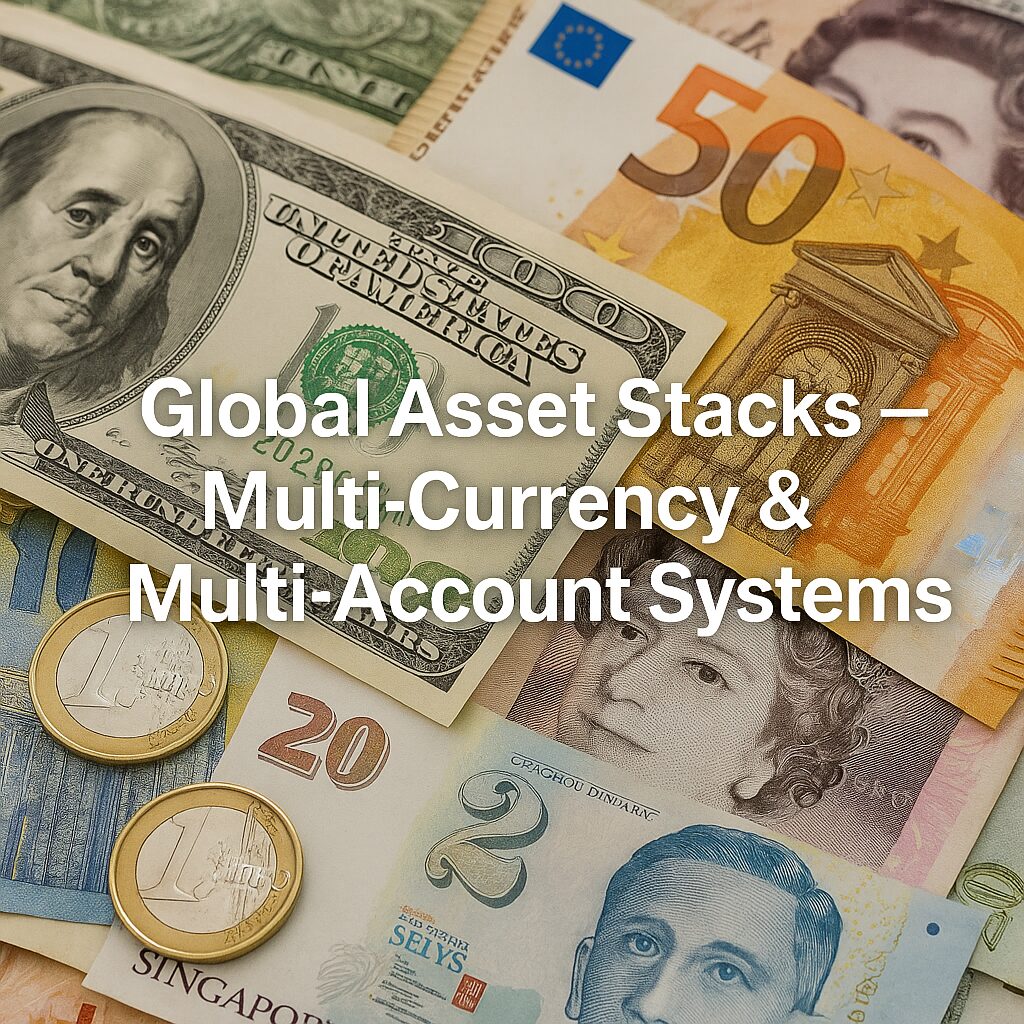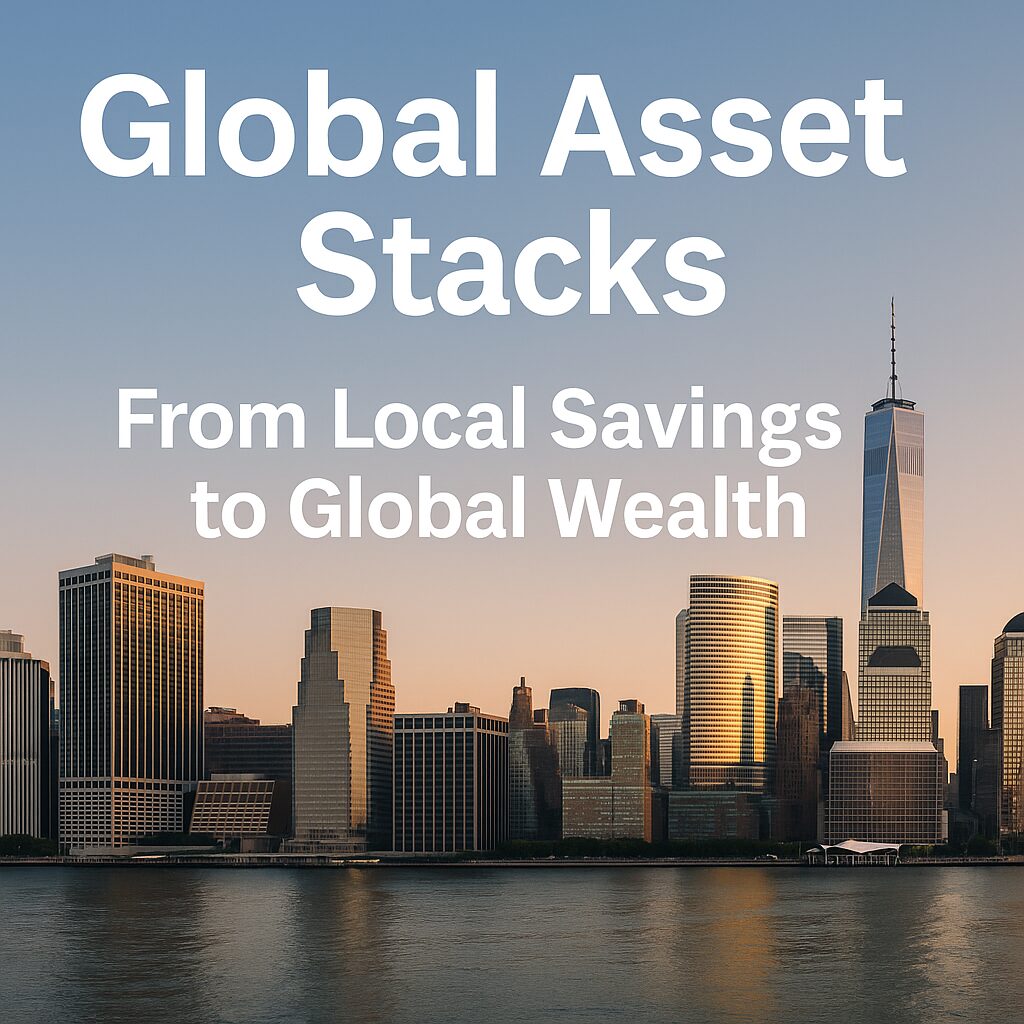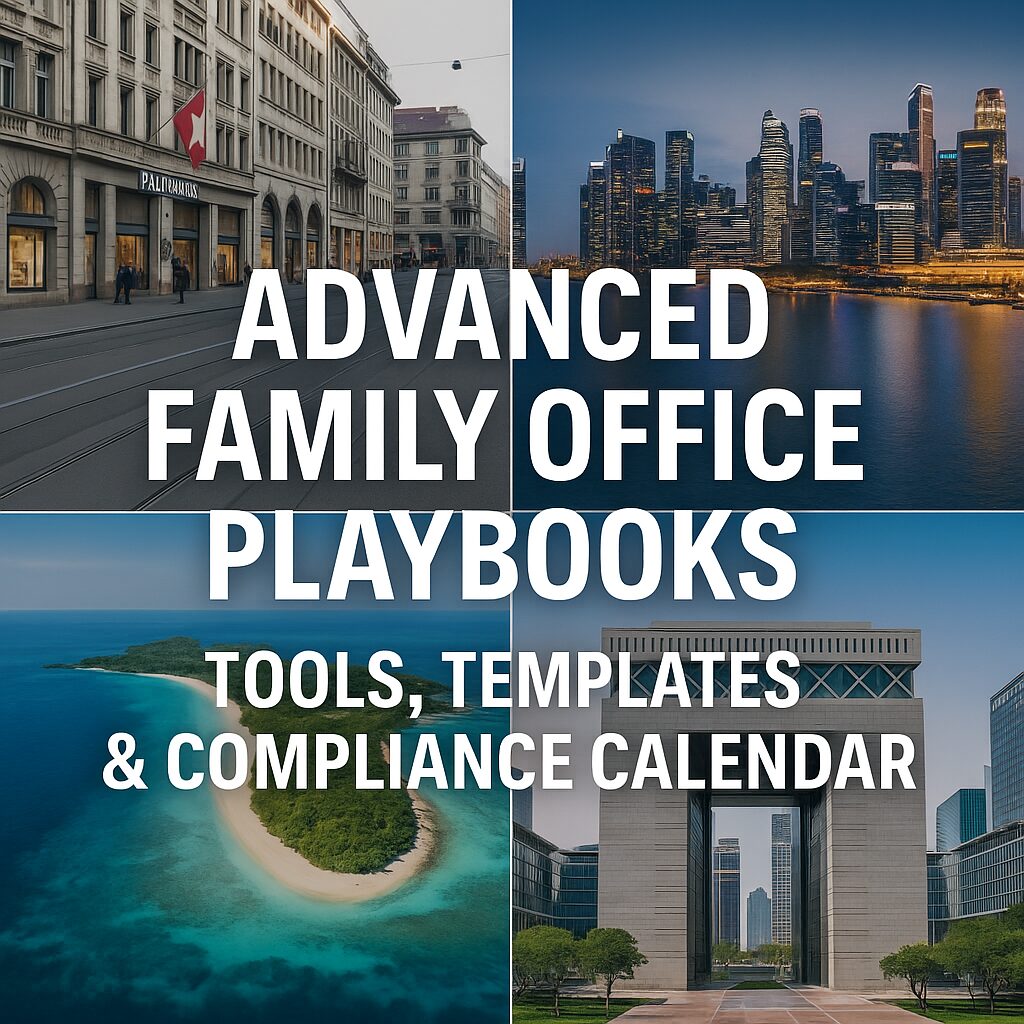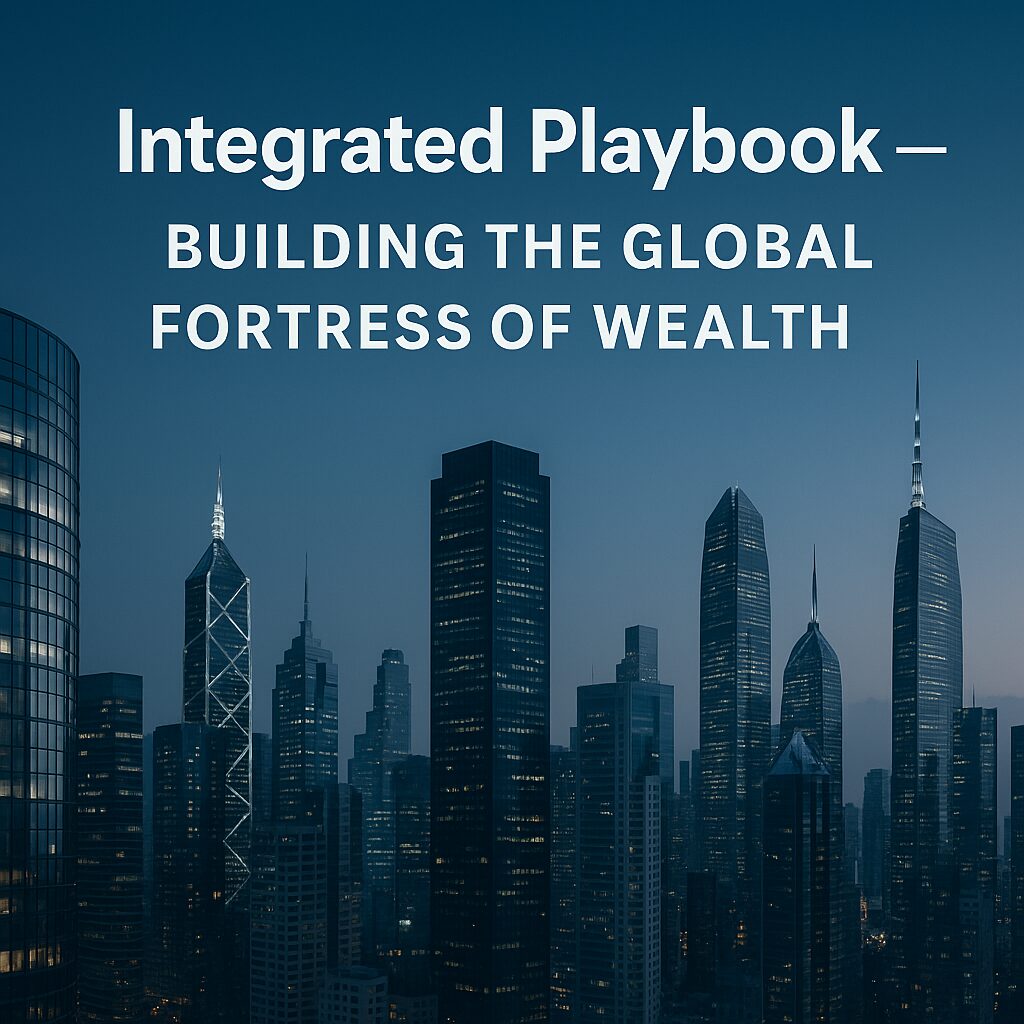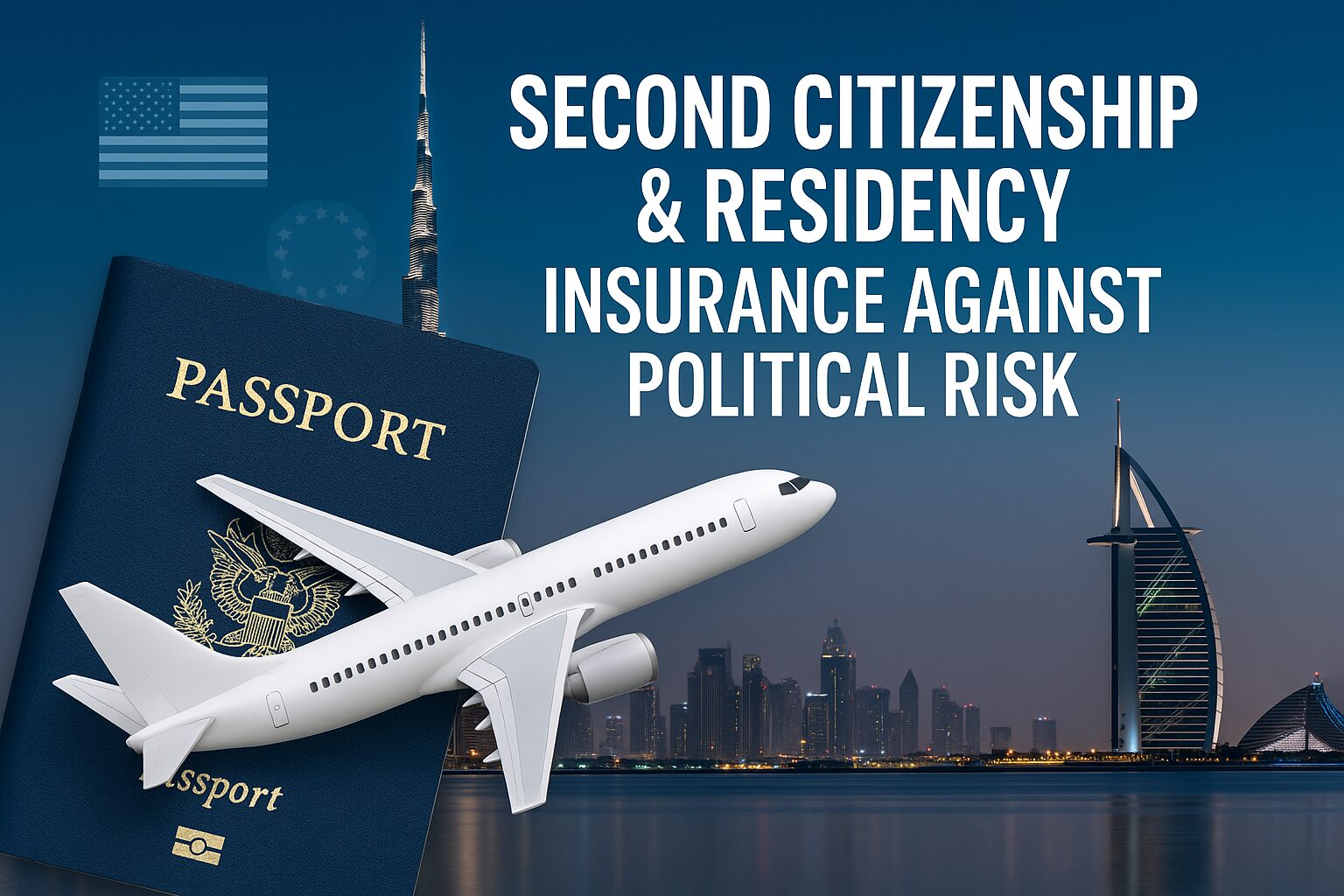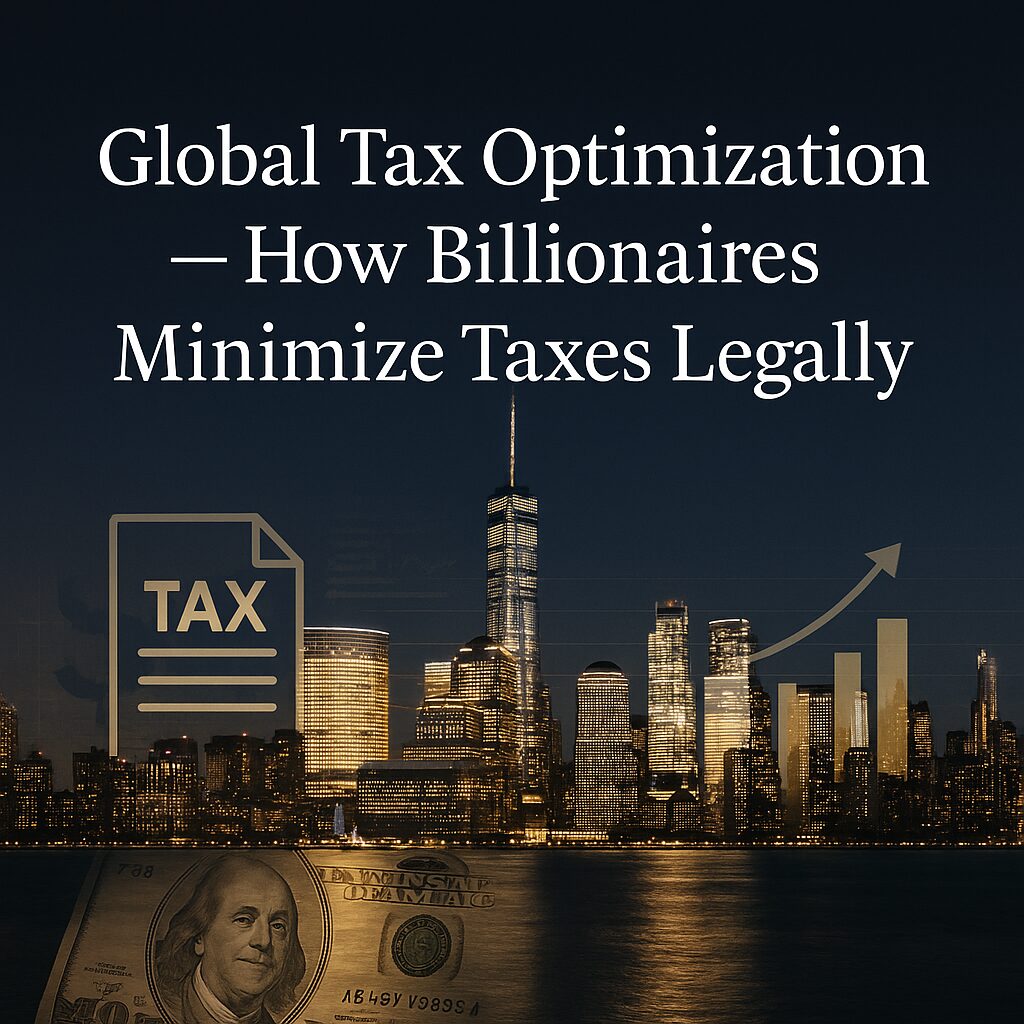A financial life tied to one currency is like sailing the open ocean in a boat with a single sail. When the wind shifts, you are helpless. Most people earn, save, and invest entirely in their local currency. At first glance, this looks safe — it’s what your employer pays, what your bills require, and what your government promotes. But history has proven time and time again: currencies are fragile.
The Korean won in 1997, the Argentine peso in 2001, the Russian ruble in 1998 and again in 2022, the Turkish lira in the 2010s — all lost dramatic value, destroying the savings of millions. Even the mighty British pound saw historic crashes. If your wealth lives in only one currency, then your entire financial life depends on the stability of a single government and central bank.
This is why global elites do not think in terms of “my savings account.” They think in multi-currency systems. They distribute wealth across USD, EUR, GBP, CHF, SGD, HKD, and sometimes AED or JPY. They hold multiple bank accounts across jurisdictions. They treat money not as a national asset but as a portfolio of currencies.
In this extended article, we will break down why multi-currency systems are essential, how to build them step by step, how to operate them, and how to avoid common pitfalls. You will also see practical case studies and numerical simulations showing exactly how much difference a multi-currency system can make to long-term wealth.
Main Body
Section 1 — Why Multi-Currency Matters
1. Currency Depreciation: The Silent Killer
Imagine you saved ₩100 million in Korea in 2021. The KRW traded around 1,100 per USD. By late 2022, it touched 1,450. In dollar terms, your savings fell from about $90,900 to $68,900 — a 24% drop in global purchasing power, without you spending a single won.
This is not an outlier. The same story has repeated across decades:
- Asian Financial Crisis (1997): Thai baht, Indonesian rupiah, and Korean won lost 30–80% in months.
- Argentina (2001): Peso pegged to USD collapsed, middle-class wiped out.
- Turkey (2018–2023): Lira lost over 80% of its value in five years.
Currency collapse is not just an emerging-market problem. Even the British pound lost 20% in the Brexit vote shock of 2016.
2. The Dollar’s Unique Role
USD is the oxygen of the global economy. Over 60% of central bank reserves are held in USD. Nearly all commodities (oil, gold, wheat) are priced in USD. Without access to USD, you cannot freely participate in world trade or investment. Wealthy families always maintain significant USD exposure, no matter where they live.
3. Balancing with Other Anchors
- EUR: Represents a $15 trillion economy, second largest reserve currency.
- GBP: Despite Brexit, remains a powerful financial anchor with London as a hub.
- CHF: The Swiss franc is a safe haven, backed by centuries of stability.
- SGD & HKD: Anchors of Asian finance, giving access to hubs like Singapore and Hong Kong.
- JPY: A counter-cyclical currency — when crises hit, yen often strengthens.
By layering currencies, you hedge against shocks in any one economy.
Section 2 — How to Build a Multi-Account System
Step 1: Start Simple with Fintech Platforms
- Wise (TransferWise): Lets you hold 50+ currencies, provides local bank details in USD, EUR, GBP, AUD, etc. Perfect for freelancers and digital nomads.
- Revolut: Popular in Europe, offering FX conversion at interbank rates and global spending.
- Payoneer: Tailored for online sellers and freelancers.
Step 2: Graduate to International Banks
- HSBC Premier: Open accounts in multiple countries under one relationship. Requires ~$100,000 balance.
- DBS (Singapore): Strong Asian hub, stable government. Minimum deposits often $50,000–100,000.
- Citibank Global / Standard Chartered: Allow global account linkages.
- Dubai Banks (Emirates NBD, Mashreq): Attractive for tax-free expatriate management.
Step 3: Brokerage Accounts for Investment
- Interactive Brokers (IBKR): The crown jewel. Lets you hold balances in multiple currencies, convert at near-market FX, and invest in 150+ markets.
- Saxo Bank (Denmark), Charles Schwab International (U.S.), TD Ameritrade (International): Alternatives for different regions.
Step 4: Local Bank Foreign Currency Accounts
These exist everywhere, but fees are high and flexibility is limited. Use only as a transitional step.
Section 3 — Practical Operations
1. Strategic Allocation
A sample allocation for a professional earning in KRW:
- 40% USD (global reserve & investment currency)
- 25% EUR (European stability)
- 15% SGD/HKD (Asian anchors)
- 10% GBP (financial hub exposure)
- 10% CHF/JPY/Crypto (safe haven + digital hedge)
This mix ensures no single crisis destroys your wealth.
2. Conversion Practices
- Use IBKR for large conversions (FX fees near 0.002%).
- Use Wise/Revolut for smaller, frequent transfers.
- Avoid traditional banks charging 2–3% spreads.
3. Spending Optimization
- Carry a Wise or Revolut card. Pay in local currency abroad without FX fees.
- If traveling in Europe, preload EUR. If in the U.S., preload USD.
4. Monitoring and Reporting
- Use Kubera or Excel dashboards to track multi-currency balances.
- Always understand local tax laws: e.g., Korea’s 해외금융계좌 신고 (foreign account reporting) for balances over ₩500M, U.S. FBAR for >$10,000.
Section 4 — Risk Management & Pitfalls
- Overcomplication
Don’t open 15 accounts and lose track. Start with 3–4 core accounts, then expand strategically. - Regulatory Compliance
Fines for undeclared foreign accounts can be devastating. Always report as required. - Liquidity Balance
Keep at least 20–30% of your funds liquid in your home market for emergencies. - Overtrading FX
This is not about speculation. The goal is resilience, not currency gambling.
Conclusion
Multi-currency systems transform your wealth from fragile to antifragile. By spreading across currencies, you:
- Protect against local inflation and devaluation.
- Gain flexibility to live and invest globally.
- Access opportunities unavailable to single-currency savers.
Think of it as building a financial passport. Just as multiple visas allow you to travel the world, multiple currencies allow your money to travel, grow, and stay safe in any environment.
Case Studies
- Case A — Korean Freelancer: Earns $3,000 monthly from U.S. clients. Keeps 30% in USD via Wise, invests $500/month into an S&P 500 ETF through IBKR. After 10 years at 8% CAGR, he holds ~$90,000 more than if he converted everything to KRW.
- Case B — European Consultant: Uses Revolut + HSBC to manage EUR, GBP, and USD. Travels across continents without FX stress. During Brexit volatility, GBP dropped 20%, but EUR/USD holdings protected overall net worth.
- Case C — Singaporean Investor: Splits wealth into SGD, USD, and HKD. When USD strengthens, portfolio grows. When SGD strengthens, overseas purchasing power rises. Net worth remains stable across cycles.
- Case D — Turkish Engineer (Cautionary Tale): Kept all wealth in TRY. Between 2018–2023, the lira collapsed over 80%. Savings of $100,000 equivalent fell to less than $20,000 in USD terms. Multi-currency accounts would have saved his wealth.
Numerical Simulation
Suppose you invest $500/month for 15 years:
- All in KRW assets: If KRW loses 30% value, your global wealth shrinks proportionally.
- Split into USD, EUR, SGD: Even if one currency falls 20%, others balance it.
- Result: At 8% average annual growth, a multi-currency portfolio ends at ~$170,000 vs ~$130,000 in local-only savings. That’s a $40,000+ advantage, without any extra effort.
Next Article Preview
Part 3 — Offshore & Onshore Hybrid Structures
“Multi-currency accounts are your first taste of global freedom. The next layer is combining offshore companies and onshore entities to minimize taxes, protect assets, and expand investments. In Part 3, we’ll explore how billionaires use UAE Free Zones, UK LLPs, Singapore Pte Ltds, and trusts to build hybrid systems of wealth.”
Subscription Call-to-Action
“This series is not ordinary financial content. It is a blueprint for building $80,000+ monthly recurring income through Global Asset Stacks. Subscribe now and gain access to every checklist, case study, and masterplan — turning your fragile savings into a global fortress of wealth.”
